Sellers at a luxury waterfront development in Massachusetts have had to deal with a depressing reality about their home.
Due to the slow sea level rise and coastal erosion, their home values have had to be slashed by as much as 75% in value.
Nantucket No Longer Livable

The dreamy seaside community of Nantucket has long been a favorite of east coasters to head to during the summer to sit on the beach and relax.
But after issues with coastal erosion have threatened the lifestyle on the island, sellers have been forced to take some big losses.
Massive Losses Financially and Emotionally
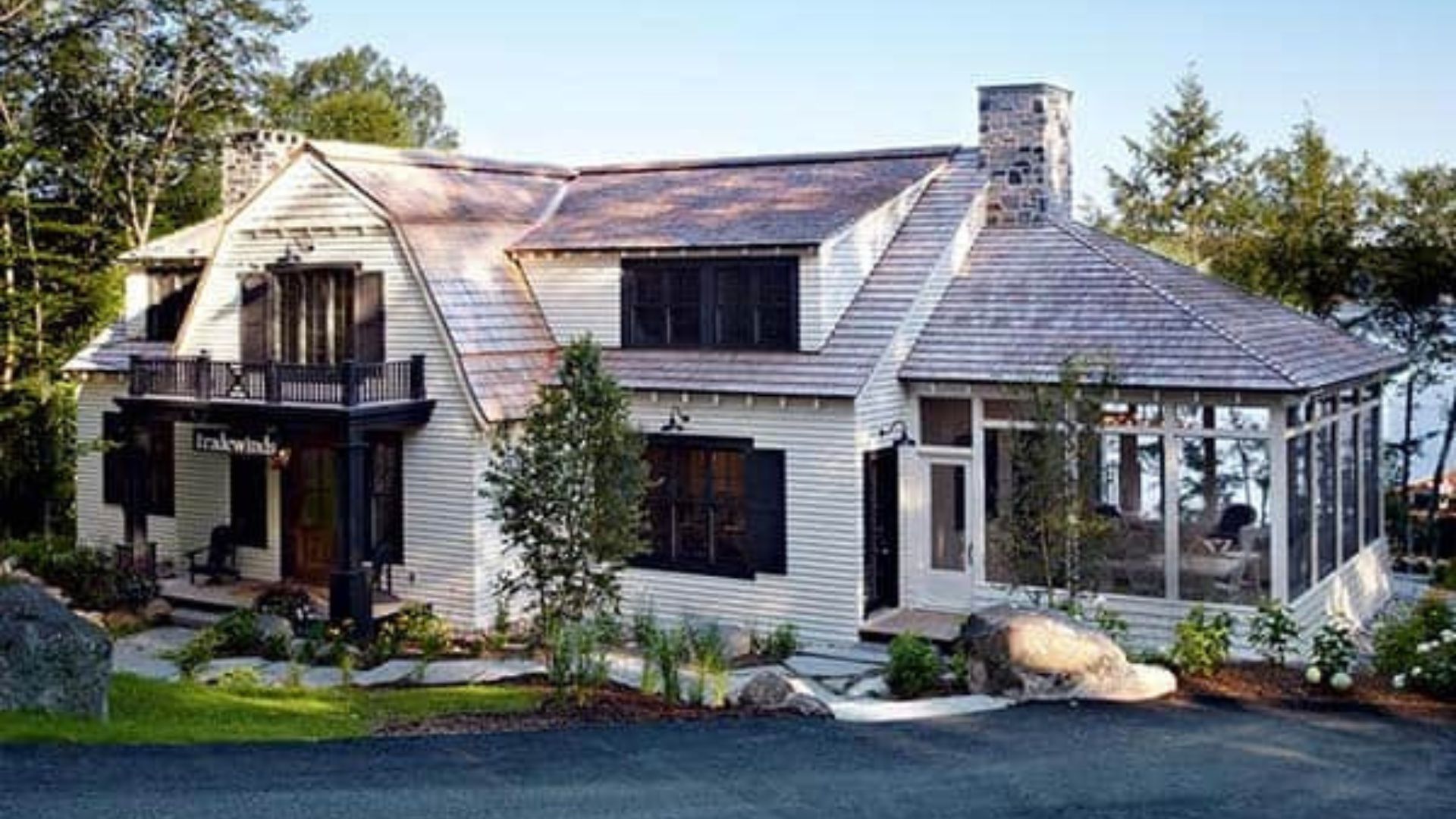
Sellers of a massive three-bedroom, two-bathroom waterfront home in Nantucket have been faced with a difficult reality when the asking price on their beloved home went from $2.3 million to just $600,000.
The price reduction came as a shock to the family who thought that their beloved family vacation home would be resold quickly.
Value Drop Related to Global Warming
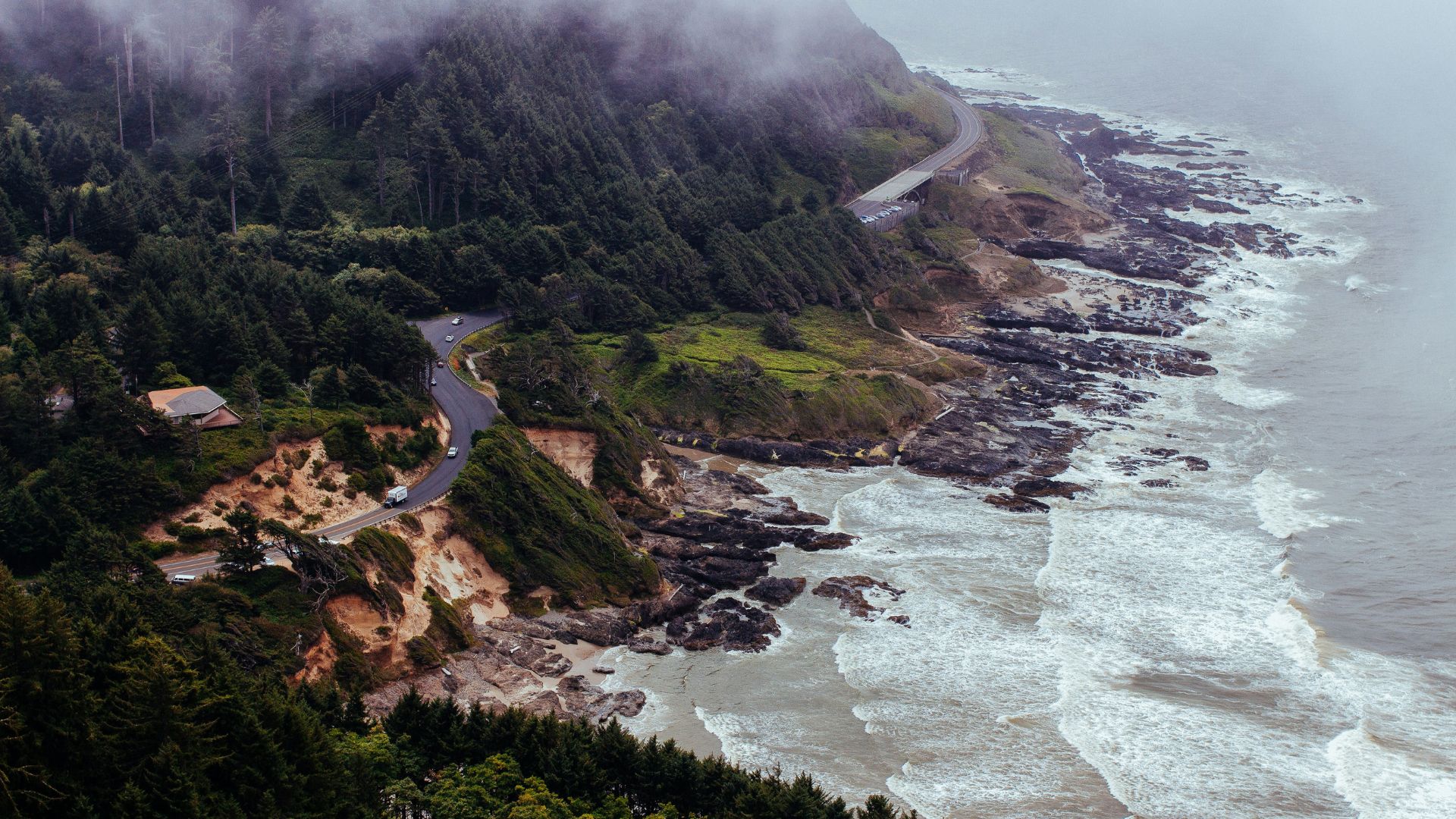
In a report from The Boston Globe, the dramatic price cut is due in part to the extreme overheating of the planet.
More specifically, the property lost 70 feet of land due to erosion caused by rising seas. The seas rise when global warming causes massive ice cap to melt in the North and South Poles.
New York Buyer Takes on the Risk
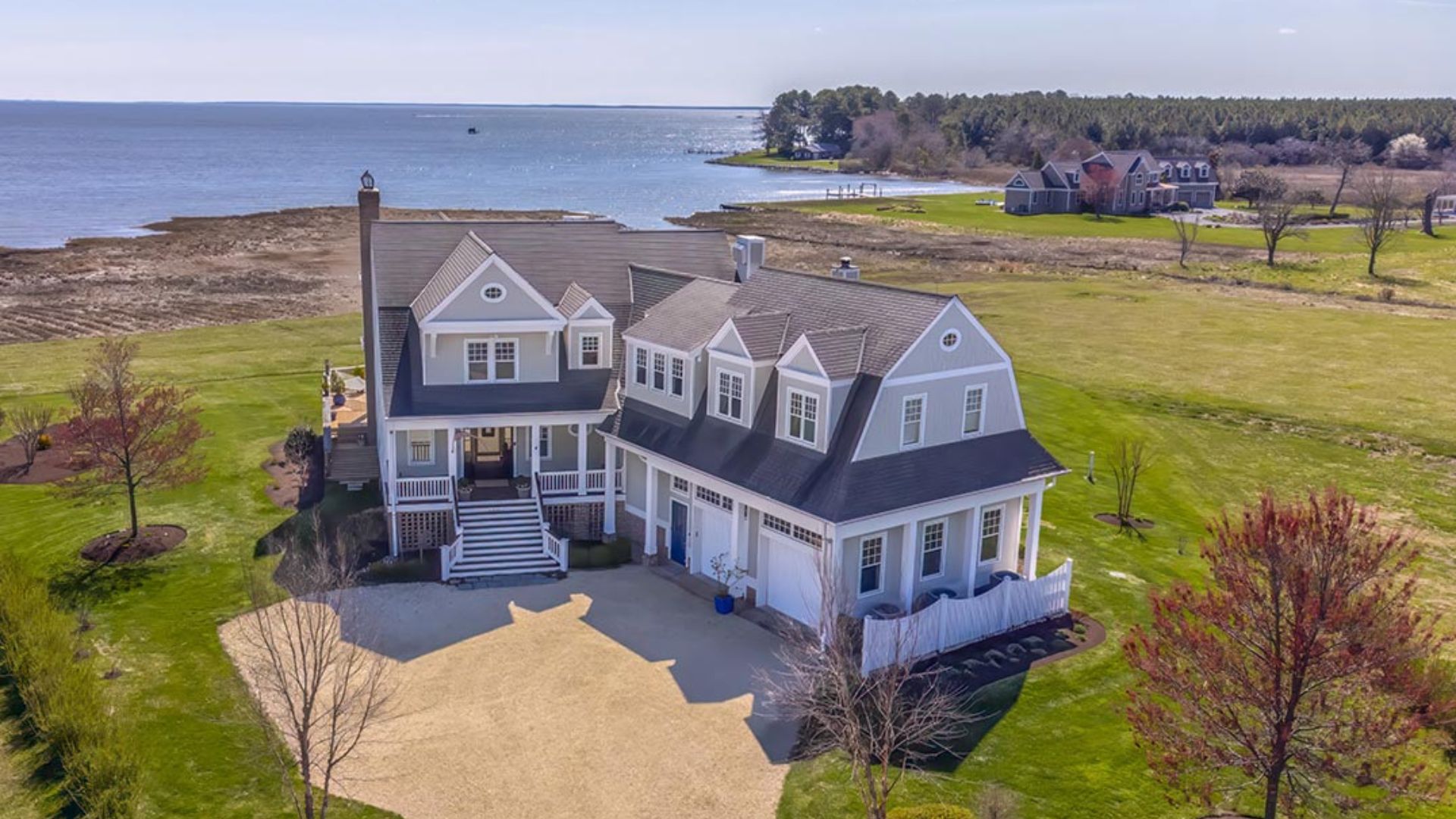
The price reduction directly reflects the risk that the new owner of the property will need to take on.
A buyer from New York who frequents the seaside town, Brendan Maddigan, put in an offer on the luxury vacation home after the price dropped.
Prohibitively Expensive Insurance
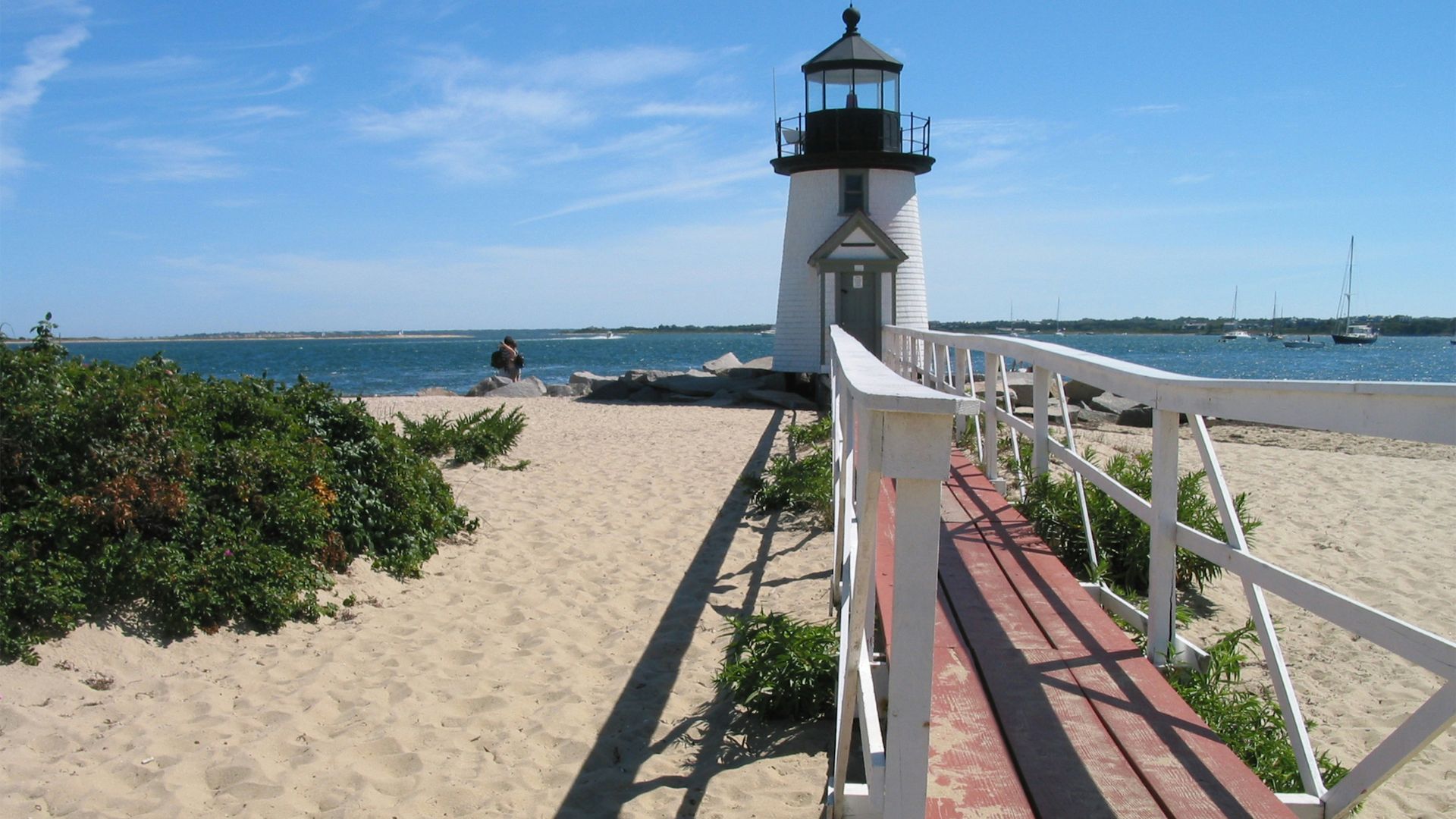
Although the price reduction allows a bit of cushion for the buyer of the property, they will still need to fork out cash when it comes to the insurance.
Due to the increasing issues related to the shoreline disintegrating in a short-period of time, finding an agency to insure the property will be difficult and expensive.
Risks of Storms in the Future

Although nothing might seems amiss when visiting the property on a nice day, the east coast island experiences rough storms during the winter months.
The buyer is aware that a bad storm could pose permanent damage to the property. Global warming also ramps up the frequency and duration of storms.
Sea Levels Are Concerning for More Than Just Luxury Vacation Homes
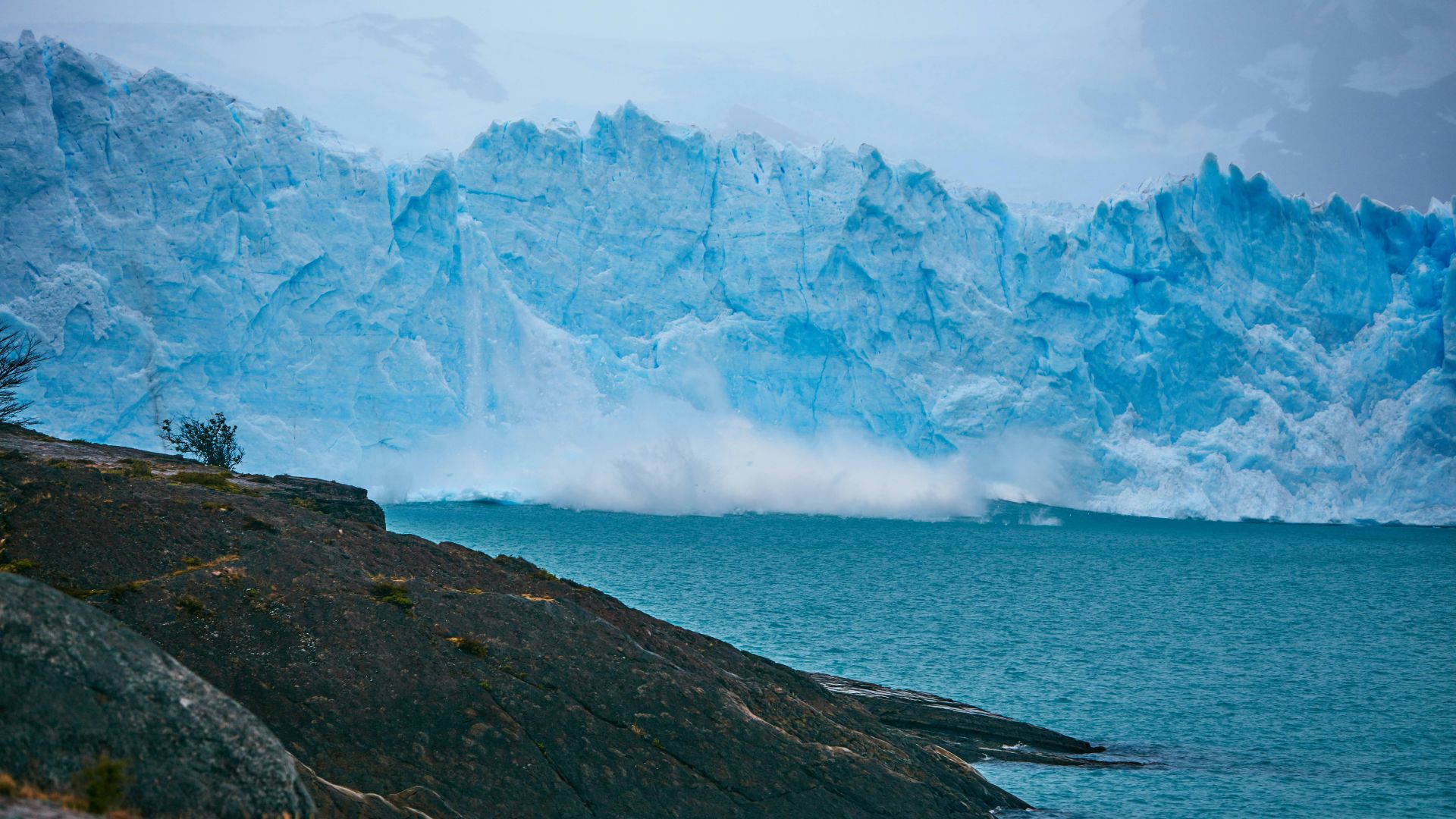
Kathleen Biggins, founder and president of the climate change education organization C-Change Conversations, has a lot to say about the issue the United States will face with rising sea levels.
In a report with Fortune, she stated that as sea levels continue to rise around the globe, land mass will shrink.
Seaside Locations Most at Risk
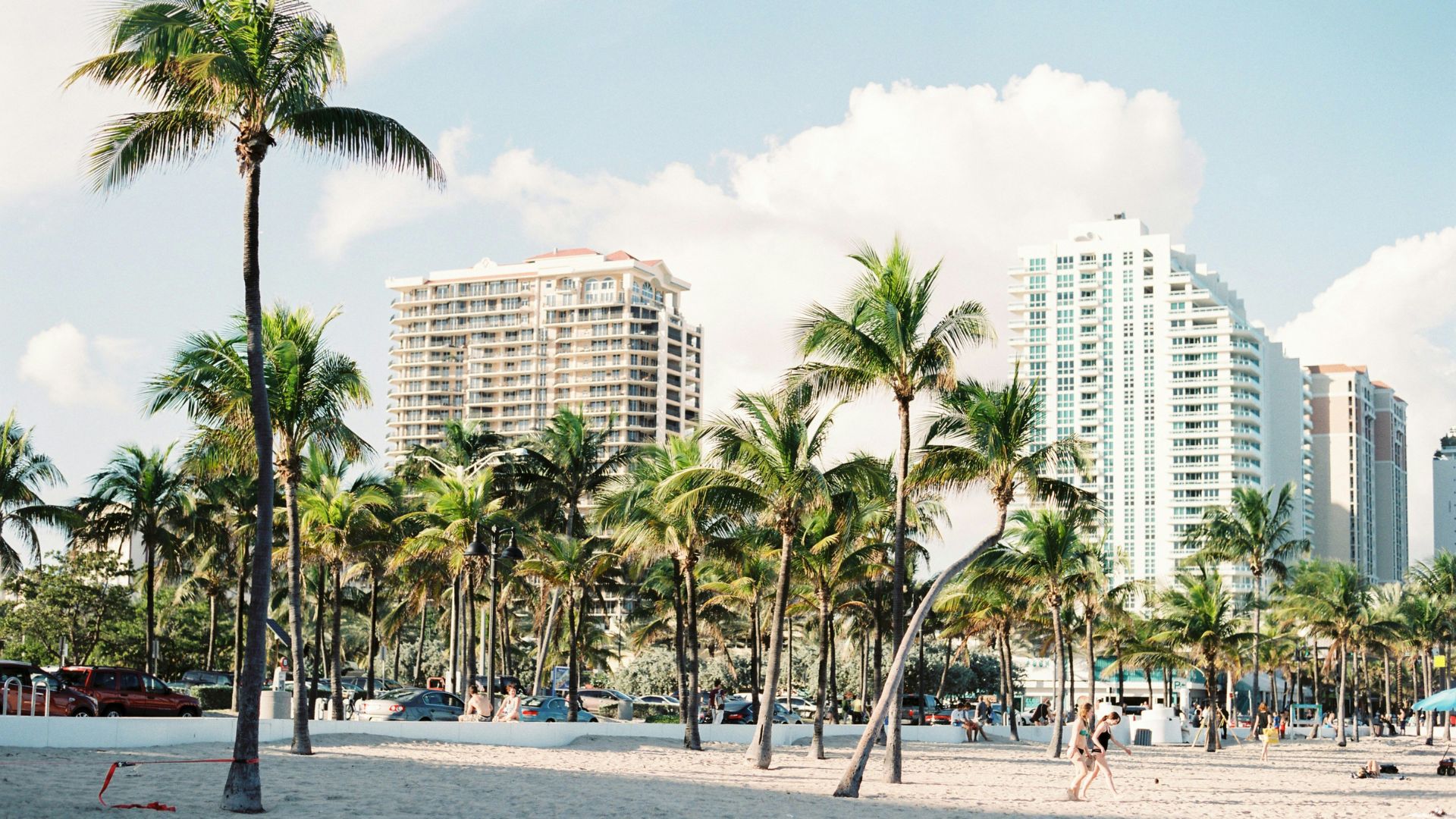
Just as cities built below sea level, such as New Orleans, remain at high risk during hurricane season, seaside towns and communities will also face the brunt of global warming.
Mario Alegandro Ariza states in his book Disposable City that he fears Miami might not be around in 2067. The massive city is built directly at sea level and will face massive flooding and infrastructure issues if sea levels rise just 5 inches.
A Large Amount of Americans Live in Harm’s Way

Biggins went on in her interview to state that nearly 40% of Americans live in coastal areas. These seaside communities known for their stunning views and excellent climate might not be around for long.
Climate-driven weather events are expected to increase in the future.
Hurricane Season Will Continue To Worsen
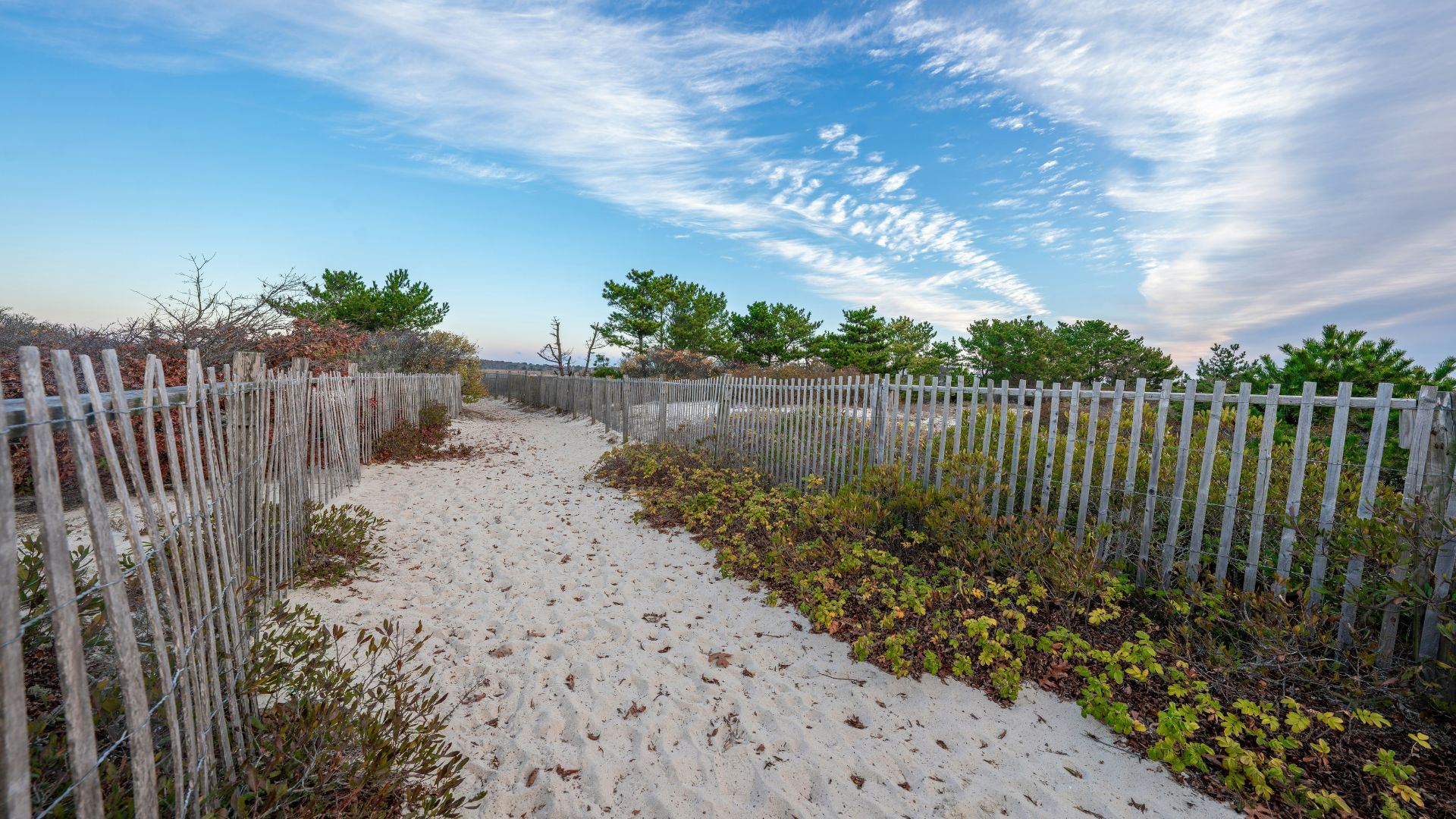
In recent years, hurricanes have threatened homes all along the eastern seaboard and they will continue to worsen as global temperatures rise.
Another story was published recently about a $500,000 sand dune that was built by a homeowner to protect their vacation property. Despite the homeowner’s best efforts to protect his land against the harsh waves, the dune was promptly swept away and destroyed.
What Is Being Done About Rising Sea Levels?

Without the help of government intervention, homeowners can’t do much about the rising sea levels threatening their properties.
Climate scientists are continually working on a solution to avoid massive amounts of displaced Americans in the future.








































